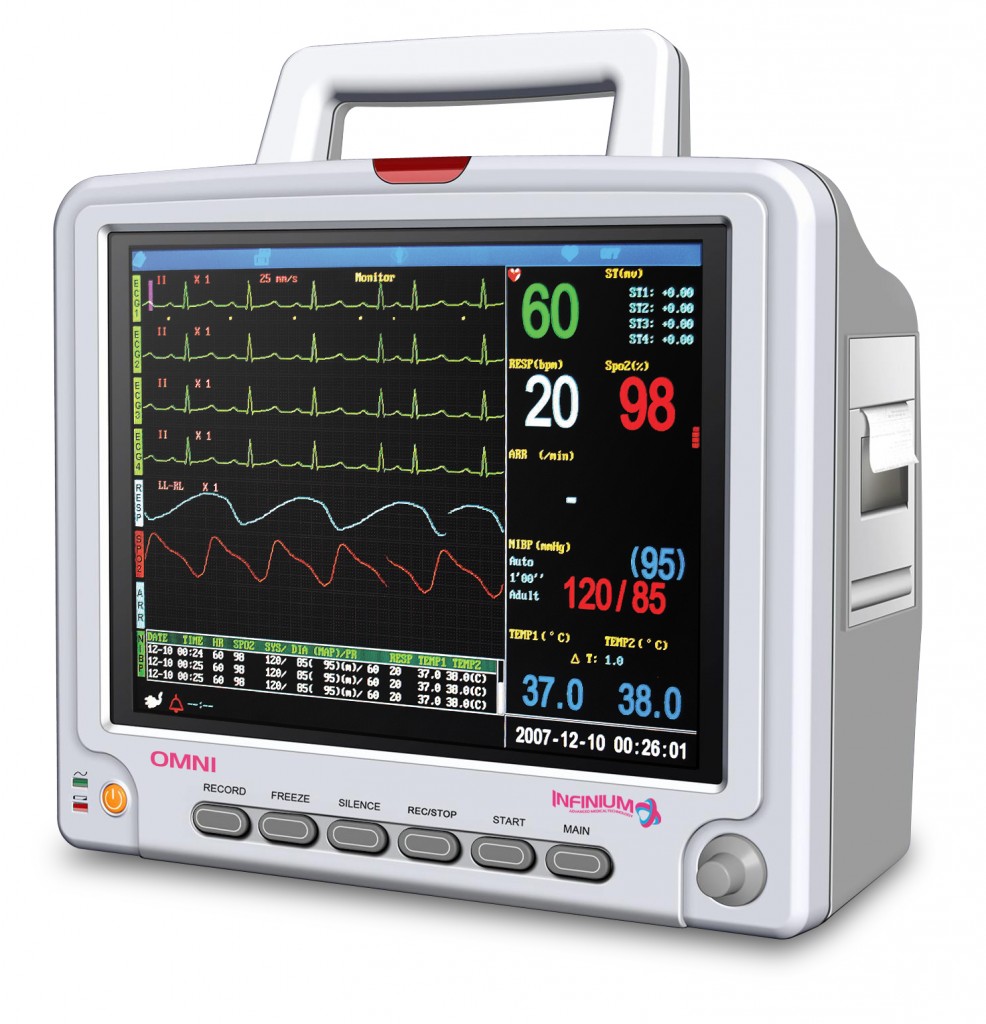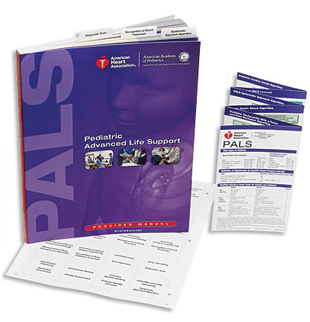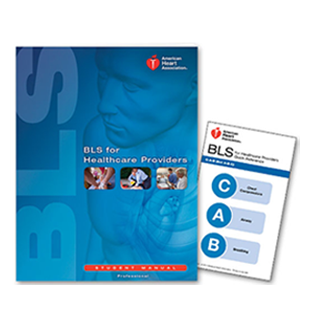PALS
In contrast to adults, cardiac arrest in infants and children does not usually result from a primary cardiac cause. More often it is the terminal result of progressive respiratory failure or shock, also called an asphyxial arrest. Asphyxia begins with a variable period of systemic hypoxemia, hypercapnea, and acidosis, progresses to bradycardia and hypotension, and culminates with cardiac arrest.
Another mechanism of cardiac arrest, ventricular fibrillation (VF) or pulseless ventricular tachycardia (VT), is the initial cardiac rhythm in approximately 5% to 15% of pediatric in-hospital and out-of-hospital cardiac arrests; it is reported in up to 27% of pediatric in-hospital arrests at some point during the resuscitation.

The incidence of VF/pulse-less VT cardiac arrest rises with age. Increasing evidence suggests that sudden unexpected death in young people can be associated with genetic abnormalities in myocyte ion channels resulting in abnormalities in ion flow (see “Sudden Unexplained Deaths,” below). Since 2010 marks the 50th anniversary of the introduction of cardiopulmonary resuscitation (CPR), it seems appropriate to review the progressive improvement in outcome of pediatric resuscitation from cardiac arrest.
Survival from in-hospital cardiac arrest in infants and children in the 1980s was around 9%. Approximately 20 years later, that figurehad increased to 17% and by 2006, to 27%.
In contrast to those favorable results from in-hospital cardiac arrest, overall survival to discharge from out-of-hospital
cardiac arrest in infants and children has not changed substantially in 20 years and remains at about 6% (3% for infants and 9% for children and adolescents).
It is unclear why the improvement in outcome from in-hospital cardiac arrest has occurred, although earlier recognition and
management of at-risk patients on general inpatient units and more aggressive implementation of evidence-based resuscitation guidelines may have played a role. Implementation of a formal pediatric medical emergency team (MET) or rapid response team (RRT) as part of an emergency response system for a deteriorating inpatient has been shown to significantly decrease the incidence of cardiac and respiratory arrests, as well as hospital mortality rates in some large children’s hospitals.
Such teams, often consisting of providers with expertise in assessment and initial management of acutely ill patients (critical-care nurses, respiratory therapists, and critical-care physicians), decreased the number of cardiac and respiratory arrests by as much as 72% and hospital mortality by as much as 35% in institutions where the effect was studied.

Although it is possible that most of the impact is due to a decrease in respiratory arrests, this cannot be confirmed by the available published data. Implementation of a pediatric MET/RRT may be beneficial in facilities where children with high risk illnesses are present on general inpatient units (Class IIa, LOE B).
Despite the improved outcome of in-hospital CPR or PALS, a majority of children with in-hospital cardiac arrest and an even larger percentage of children with out-of-hospital cardiac arrest do not survive, or they are severely incapacitated if they do.
Several studies, discussed later in this document, showed that the presence of family members during resuscitation has helped them deal with the inevitable trauma and grief following the death of a child. Therefore, whenever possible, provide family members with the option of being present during resuscitation of an infant or child (Class I, LOE B).






